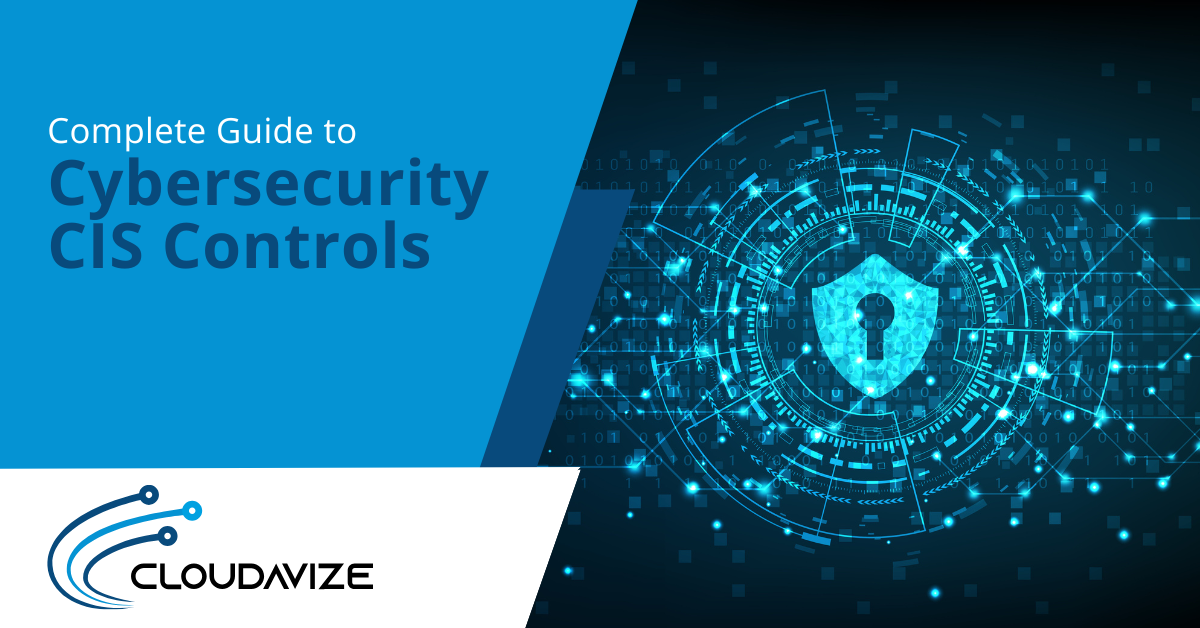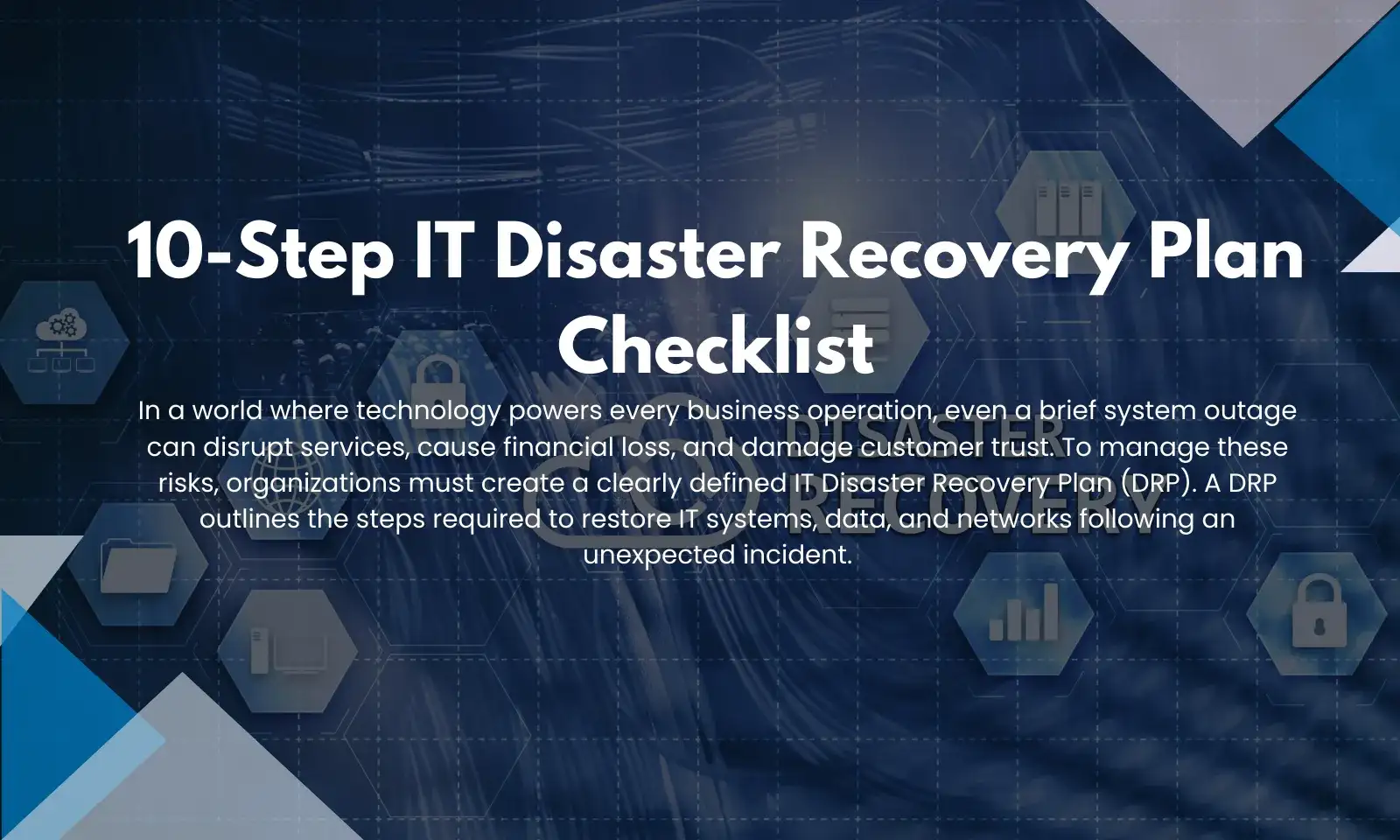In today’s digital world, organizations face an ever-growing number of cyber threats. From ransomware attacks to phishing scams, the need for robust cybersecurity measures has never been more critical. One of the most effective frameworks for enhancing your organization’s security posture is the Center for Internet Security (CIS) Controls. These guidelines provide a prioritized, actionable blueprint to safeguard your systems and data against cyberattacks.
In this article, we’ll explore what CIS Controls are, why they matter, and how implementing them can protect your business. Whether you’re new to cybersecurity or looking to strengthen your existing defenses, understanding CIS Controls is a vital step toward resilience in a constantly evolving threat landscape.
Table of Contents
What Are CIS Controls?
CIS Controls are a set of best practices designed to help organizations improve their cybersecurity defenses. Developed by the Center for Internet Security, these controls consist of 18 key areas that address the most critical aspects of securing IT systems and data. They are divided into three implementation groups (IGs) based on an organization’s size, resources, and risk profile.
The CIS Controls cover everything from basic cyber hygiene to advanced threat detection and response. By following these guidelines, businesses can reduce their attack surface, identify vulnerabilities, and mitigate risks effectively. The framework is widely regarded as a gold standard in cybersecurity because it is practical, scalable, and adaptable to various industries.
Why Are CIS Controls Important?
Cyber threats are becoming increasingly sophisticated, targeting organizations of all sizes and sectors. Without a structured approach to cybersecurity, even small vulnerabilities can lead to devastating consequences such as data breaches, financial losses, and reputational damage. This is where CIS Controls come into play.
CIS Controls provide a roadmap for organizations to prioritize their security efforts based on real-world threats and risks. Instead of trying to address every possible vulnerability at once, businesses can focus on the most critical areas first. This not only enhances security but also ensures efficient use of resources.
Moreover, implementing CIS Controls can help organizations comply with regulatory requirements and industry standards. Many compliance frameworks align closely with the principles outlined in the CIS Controls, making them an essential tool for achieving both security and compliance goals.
How Are CIS Controls Organized?
The CIS Controls are organized into three Implementation Groups: IG1, IG2, and IG3. Each group targets organizations with different levels of cybersecurity maturity and resources:
- IG1: Designed for small businesses or organizations with limited IT resources. These controls focus on basic cyber hygiene practices that protect against common threats like phishing or malware attacks.
- IG2: Geared toward medium-sized organizations with more complex IT environments. This group includes additional controls for managing sensitive data and detecting advanced threats.
- IG3: Tailored for large enterprises or high-risk sectors such as finance or healthcare. These controls emphasize advanced threat management and incident response capabilities.
Categories of CIS Controls
The 18 CIS Controls are grouped into three categories: Basic, Foundational, and Organizational:
- Basic Controls: These are essential practices that every organization should implement first. Examples include inventorying hardware assets, managing software applications, and securing network devices.
- Foundational Controls: These build upon the basics by introducing more detailed measures such as vulnerability management, email protections, and secure configurations for servers and endpoints.
- Organizational Controls: These focus on overarching security strategies like incident response planning, penetration testing, and employee training programs.
What Are the Key Benefits of Implementing CIS Controls?
There are several benefits of implementing CIS controls for businesses. Here are a few of the most important:
Enhanced Cyber Resilience
By addressing the most critical security risks first, CIS Controls help organizations build a strong foundation for cyber resilience. This means you’ll be better prepared to prevent attacks and recover quickly if one occurs.
Cost-Effective Security Solutions
Implementing all 18 controls may seem daunting at first glance, but their tiered structure ensures that even small businesses can start with basic measures that deliver significant impact without breaking the bank. Over time, you can scale up your efforts as resources allow.
Simplified Compliance Efforts
Many regulatory frameworks—such as GDPR or HIPAA—overlap with CIS Control requirements. By adopting these controls, you’re not only improving security but also streamlining compliance processes across multiple standards simultaneously.
Improved Employee Awareness
CIS emphasizes the importance of training employees on cybersecurity best practices like recognizing phishing attempts or using strong passwords effectively—key steps toward building a culture of awareness within your organization.
Strengthen Your Cybersecurity Today With Cloudavize!
Are you ready to take proactive steps towards safeguarding your sensitive information and critical assets against evolving digital threats? At Cloudavize, we specialize in helping businesses navigate complexities in the modern-day IT landscape. Contact us today to learn more about tailored solutions designed to meet your specific goals.



